Back in February, I was contacted by somebody who found my web page and thought I might be interested in some old computers in his company’s basement. The company turned out to be in Culver City, within reasonable driving distance from my home in Riverside, and I ended up purchasing both of the computers. One is a Data General Nova 3, installed in a rack cabinet with a hard disk drive that has one fixed platter and one removable platter. The other is a Digital Equipment Corporation (DEC) PDP-11V03-L, which is a combination of a PDP-11/03 and an RX02 dual 8" floppy drive mounted in a short rack cabinet.
When I arrived for the first of two pick-up trips, I learned the interesting history of these particular computers. They were originally used for monitoring and dispatch by Pacific Alarm Systems, which was founded in 1953 by Herman Cohen, the late father in law of the fellow I bought the computers from. If I recall correctly, this was one of the first electronic alarm system companies, and Herman sounds like a guy who I really would have enjoyed meeting. He was a ball-turret gunner in the 457th Bomber Group during WW2, a ham radio operator, a successful businessman, an avid electronics hobbyist who built lots of Heathkit projects, and an inventor who designed much of the hardware used by his company. I was told that he passed away in 2008.
I’m told that these machines have been sitting in the basement since they were retired in the 1980s. They were replaced by some Wang machines, and then those were in turn replaced by Windows-based machines. The last of the Wang machines were just being replaced around the time I picked up these machines. They were running a custom-made code base, and machines running vertical market applications like that tend to stay in service longer than the typical PC since there is so much investment in creating them.
I wasn’t specifically looking for a Data General machine, because I never had much exposure to them in the past and they never captured my curiosity before. Now that I have one, I’m certain that I’ll enjoy learning about them as I fix it up, even if I eventually trade it for something else. I also wasn’t specifically looking for a small QBUS-based PDP-11 system with floppy disk storage, since I’m already working on restoring a much larger UNIBUS-based PDP-11/44 system with hard drive storage. But I’m told that this PDP-11/03 and its twin (which was disposed of sometime in the past) were Herman’s favorite machines, so I feel like I ought to give it a good home. Yeah, I adopt computers the same way that a crazy cat lady adopts kittens.
When I was contacted about these machines and before I agreed to buy them, I gave the seller my best guesses about how much they might fetch in various venues. As other collectors of vintage computers can attest, any given machine might range anywhere from "free, just haul the thing away" to "I’m gonna retire off of selling this rare treasure" depending on the seller, place, time, etc. I made a low-ball offer since I’ve already been spending a lot of money on old machines lately and these weren’t items I was specifically looking for. I explained that they might fetch 4 times or more what I was offering if auctioned off on eBay, though that would also involve more effort. The seller took my offer, and was happy to see them go to somebody who would appreciate them rather than scrapping them. While he’s not a computer enthusiast, he collects and restores vintage motorcycles, so he’s already quite familiar with the variable value of any given item, the thrill of finding a diamond in the rough, the satisfaction of saving an old treasure from the scrap heap, and all of those other things that seem to be common between all of the collecting and restoring hobbies.
That Data General machine is HEAVY. We removed the computer and hard drive cabinets from the rack, then loaded the three pieces into my pickup truck separately. Even with two of us lifting, the hard drive was especially heavy. Unloading was even harder, because I did it by myself. I used my Bobcat to move the heavy pieces, but it was still hard work. The PDP-11 system was both lighter and less fragile than the Data General system, so we just tilted the whole thing over and loaded into my truck in one piece. It was easier for me to unload, too.
Reassembling the Data General rack was going to be really hard for me to do by myself, with far too much risk of hurting my back. So, I splurged on an item that I had been considering getting for many years: A hand truck with a hydraulic lift. It can lift about 750 pounds from ground level up to 4.5 feet off the ground, and will come in handy whenever I need to install and remove heavy items from equipment racks. I have the Data General rack reassembled and in my house, but I haven’t started cleaning it up prior to trying to boot it yet. The hard drive will definitely need a very thorough and careful cleaning before I apply power to it.
I decided to work on the PDP-11 first, since it seemed like it would be easiest to bring up. It had plenty of dust to be vacuumed out. I found that the circuit breaker on the computer cabinet would trip immediately when I turned the system on. An awful lot of old DEC documentation has been scanned and put online, but I was not able to find a schematic for this computer’s model H786 power supply. Luckily, I easily found a shorted electrolytic filter capacitor in the power supply. Replacing that cap (and its neighbor just for good measure) got the power supply working, and just this afternoon, I got the machine to boot up for the first time! The two 8" floppy disks that were sitting in the drives were dated 1987 and 1985.
So, Herman’s old favorite computer is now my first running PDP-11 system in my collection. I don’t believe in an afterlife, but if I’m wrong then I hope that Herman is happy to see his machine running again. I’ll try to not keep him waiting too long before the Nova 3 is running, too.
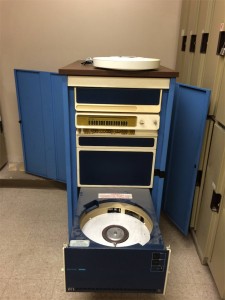
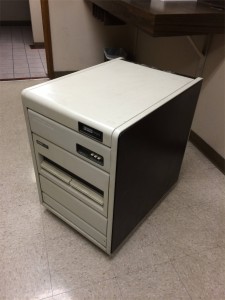
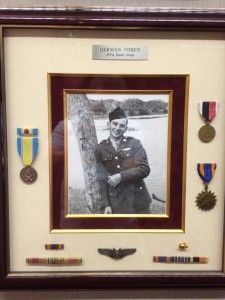
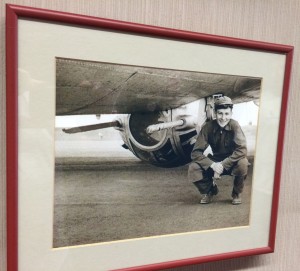
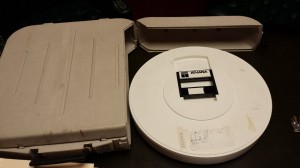
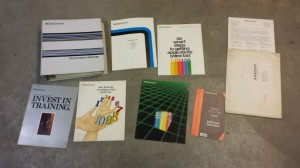
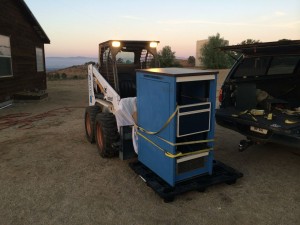
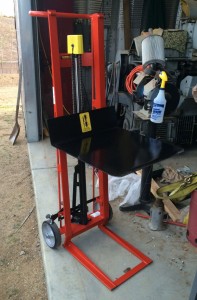
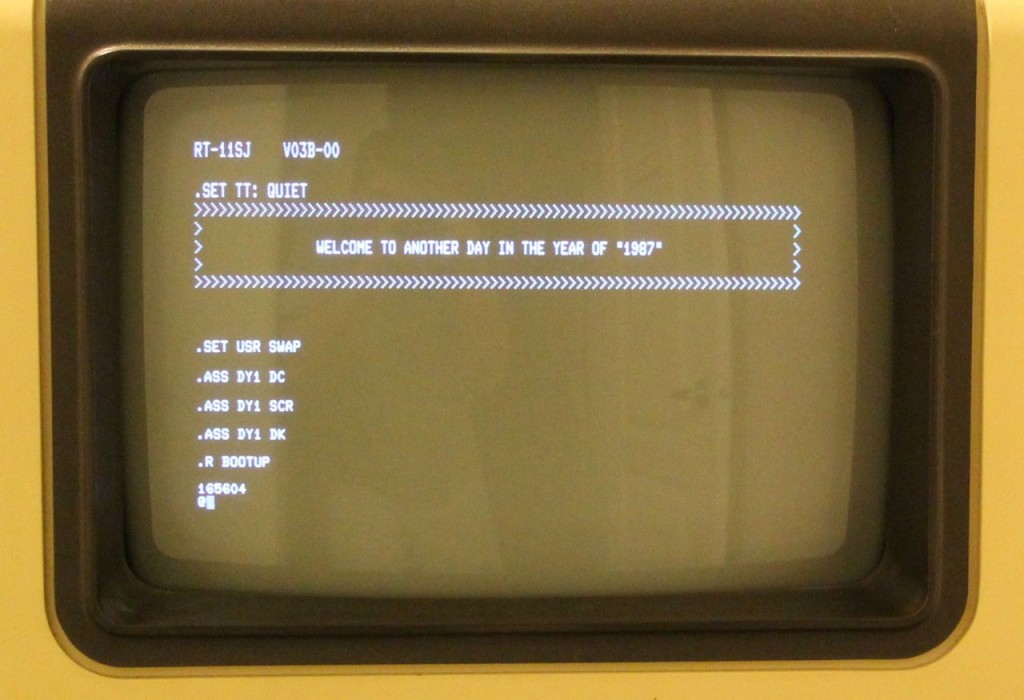
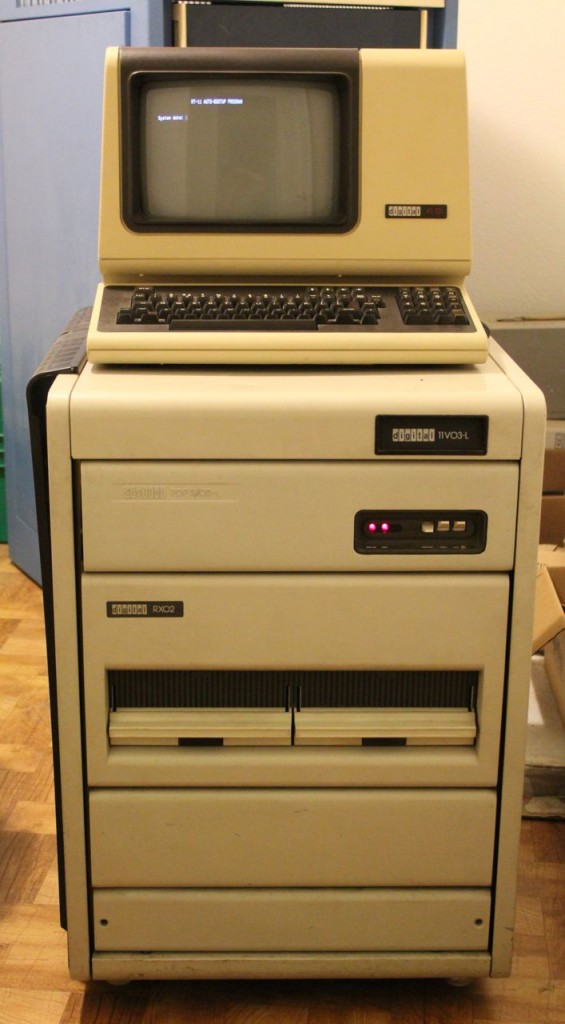
That was a good read, we share a lot of interests! I am a HAM amateur myself (PA8PDP), collect PDP-11 systems, and I also got a NOVA 3. I got the NOVA 3 some 7 years ago, and just like yours it’s from the 80-ties. It also was decommissioned around that time. By coincidence, I started working on the NOVA 3 some weeks ago! Looking forward to your progress stories. Hardware documentation for the NOVA 3 is difficult to find. By the way, the NOVA 3 is indeed HEAVY. I have some experience in the heavy stuff from all the PDP-11 models that I have (www.pdp-11.nl), but I must say that the NOVA 3 is by far the heaviest machine! Just the creme-colored side panels on their own are heavy. Just for fun, I will weigh such a panel. Would not be surprised if it is over 10 kilo (20 lbs)!
73,
– Henk
I’m glad that you liked this posting, and it’s good to meet another Nova 3 owner!
I was just playing with the PDP-11 some more, and I found a BASIC program that Herman apparently wrote to randomly pick out a restaurant from a list of what I guess were his favorite places to dine. Now that is really cool!
Mark,
Thanks for taking the time to share this story. I am always in awe of anyone who spent combat time in a ball turret. I think if you survived that experience, the rest of your life must seem pretty tame.
I’m not an active ham but I’d still like to see my PDP-8 decoding RTTY from my R390A. I’m trying to get things running before I get too old to move the stuff. I really like your mobile jack but I don’t have the space to use one. Luckily my son doesn’t live to far away.
As for screen shots, the easy way is to use a terminal emulator and just do a screen capture!
Jack
You’re welcome! When I heard about Herman, I knew that I had to share his story. Or at least, the part of his story that intersected with these machines.
I would love to see your PDP-8 decoding RTTY from your R-390A, too! That would be really cool! Adding RTTY capability to my R-390A + T-368C system is on my long list of projects that I hope that I get around to. I have the hardware sitting in the rack, but I haven’t gotten around to repairing it and bringing it up yet. One of these days…
I used to work with the Nova series of DG machines, when working at Finnigan MAT Ltd. They made GCMS (Gas Chromatagraph Mass Spectrometer) systems that used those computers (and the later Nova4 series) to control the machine, and analyze the results, displaying them on Tektronix 4006 or 4010 direct view storage tube terminals.
Memories of 15 by 15 inch boards stuffed with hundreds of TTL IC’s. Could be a bit of a nightmare to fault-find, but with schematics and diagnostic software, it was not too bad a task. The power supplies were odd at times…
My favorite task though, was rebuilding those disk drives after a head crash. (Customers, not keeping up with maintenance, and/or mishandling them.)
A task where the more care you gave, and time took, measurably improved performance. (No one else wanted to do that, so no problem from management!)
The one you have there is very dirty and should not be spun up without a good clean and purge first. (Disable the head loading until you’re sure it’s clean. Not sure if you can get the replacement air filters any more.)
Later systems used the then new CDC 32 or 96 Megabyte drives. Much more fussy about being kept clean! That drive you have could be a total of 2.5 or maybe 5 MEG per disk! (Massive storage in those days.)
Happier times back then. (Late 70’s early 80’s.)